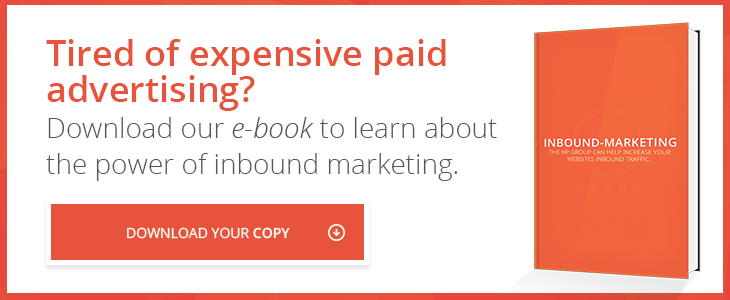Instagram is a burgeoning goldmine for marketers. Among the quickest-growing social media platforms today, the photo-sharing juggernaut now boasts more than 400 million users, many of whom are at least intriguing to a variety of industries.
In fact, Instagram is the most popular network among teenagers, and the average audience consists of young, affluent adults—perfect for brands looking to reach millennials.
Recognizing this immense marketing potential, Instagram began offering advertising solutions to brands through its parent company earlier this year. And predictably, this new opportunity has resulted in an even greater influx of brands looking to use the network to their advantage.
Of course, that presents marketers with quite a predicament: How do you successfully market your products to a young, internet-savvy audience in a place where they usually only interact with other individual users?
In other words, how do you promote your business on Instagram without being obnoxious?
Using Hashtags The Right Way
Used correctly, hashtags are a wonderful way to spread the organic reach of your posts beyond your follower base. But there’s a fine line between tagging your posts properly and ending up sounding like this:
That's why the single most important thing you should be mindful of on Instagram is a strategic use of hashtags. Don't use more than two at most in a single post, and incorporate them into a sentence rather than tagging them on at the end if possible.
Almost just as importantly, don't use hashtags that have been deemed outdated by your user base, which is a surefire way to brand yourself as an obnoxious marketer. Don't tag your posts #instagram. Users know what app they’re using. Even #nofilter (traditionally used when posting a picture that's beautiful enough not to need a filter overlay) is becoming outdated. To understand which hashtags resonate with your audience, familiarize yourself with their own Instagram feeds.
Promotion vs. Engagement
"If you just post about yourself, everyone will unfollow you." The old social media adage applies to Instagram just as much, if not even more than other platforms. On this visual platform, your followers will expect engaging pictures that may be only loosely related to your sales effort. Simply posting a tenth picture of one of your products in the shelf during one week will not cut it, and will lead to unfollows faster than you can imagine.
Needless to say, engagement is the name of the game on Instagram. Again, you don't want to try too hard (asking incessant questions, for example), but you do want to post pictures that actually resonate with your audience. One way to do that is to post original content like unexpected uses of a tried and true product.
Another way to engage organically with your followers is to track any mentions of your service or product, and like or comment as you see fit. People love to share their opinions about things, after all, and knowing that their appreciation of something is, well…appreciated can go a long way. This works particularly well if there’s a (TASTEFUL) hashtag associated with your brand.
The Dangers of Over-Posting
Instagram users don't have the luxury of their Facebook counterparts, who view a newsfeed that's been reorganized by an algorithm to show them the most relevant content first. They rely entirely on the chronological order of postings from accounts they follow, which means they will realize (and get annoyed) really quickly when posts from the same account start showing up on their feed constantly.
As on all social media, posting regular content is important. But because of the chronological nature of Instagram’s news feed, you also need to be sure to space out that content to avoid flooding your users with content and becoming obnoxious.
The Importance of Strategy
Especially the last two points emphasize the need for a consistent strategy when using Instagram to reach your target audience. Small business owners who are just entering the medium professionally after having used it personally for a while may still use a spur of the moment approach in which they post content as it comes up. Unfortunately, this lack of strategy can often lead to an inadvertent violation of one of the rules above, annoying your audience more quickly than you can imagine.
Instead, set up a social media strategy that includes a specific definition of the voice you want to use, hashtags relevant to your industry that are safe to include, and a content calendar that enables you to plan out your posts to avoid over-posting.
A strategy—whether on Instagram or elsewhere—with set goals in a given time period will also enable you to track the results of your efforts. This, in turn, allows you to quickly determine when you seem to be crossing the “ugh, these people are weird” threshold and adjust as necessary.



